Home>Furniture & Design>Interior Design Trends>How To Frame Fabric Under Glass
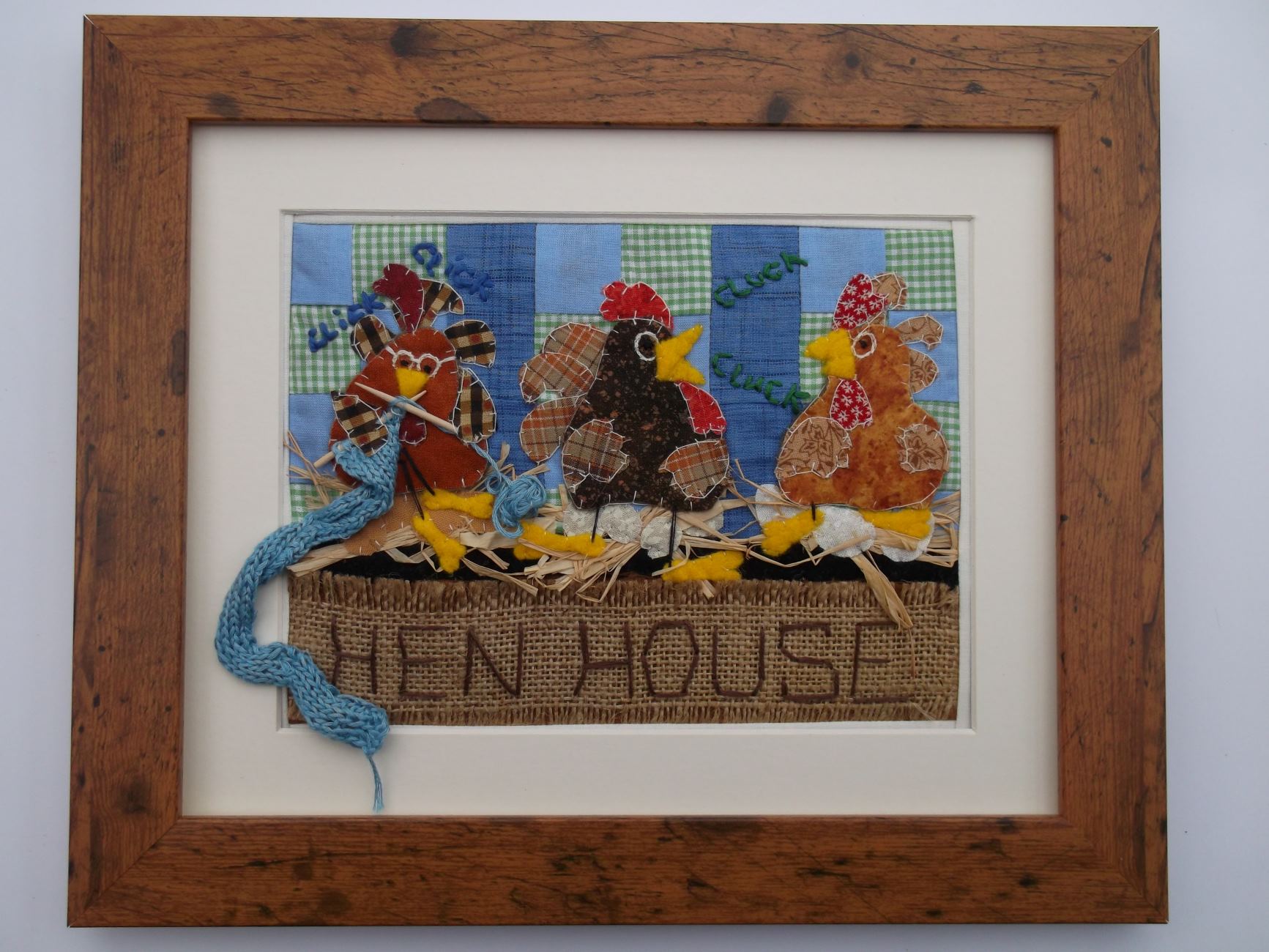

Interior Design Trends
How To Frame Fabric Under Glass
Published: February 7, 2024
Learn the latest interior design trend of framing fabric under glass. Discover how to incorporate this unique technique into your home decor. Explore interior design trends now!
(Many of the links in this article redirect to a specific reviewed product. Your purchase of these products through affiliate links helps to generate commission for Storables.com, at no extra cost. Learn more)
Introduction
Framing fabric under glass is a creative and versatile way to add a touch of elegance and personality to your living space. Whether you're a DIY enthusiast or an interior design aficionado, this technique offers a unique opportunity to showcase beautiful textiles and create stunning wall art. By carefully selecting the fabric, frame, and method of preparation, you can transform ordinary materials into captivating pieces that elevate the aesthetic appeal of any room.
Framing fabric under glass allows you to infuse your personal style into your home decor, making a bold statement that reflects your individuality. Whether you opt for a vibrant, patterned fabric to inject energy into a room or choose a subtle, textured material to create a sense of tranquility, the possibilities are endless. This creative endeavor enables you to curate a visual narrative that resonates with your taste and complements the overall design scheme of your home.
Moreover, framing fabric under glass provides a wonderful opportunity to celebrate cherished textiles with sentimental value. Whether it's a piece of vintage lace passed down through generations or a fabric with sentimental significance, preserving and displaying these materials in a frame allows you to honor their history and integrate them into your decor in a meaningful way.
In the following sections, we will delve into the essential steps and considerations for framing fabric under glass, guiding you through the process of selecting the right fabric, choosing an appropriate frame, preparing the fabric, and executing the framing with finesse. Whether you're a novice seeking to embark on a creative project or a seasoned DIY enthusiast looking for fresh inspiration, this guide will equip you with the knowledge and confidence to embark on this delightful endeavor.
Key Takeaways:
- Transform ordinary fabric into stunning wall art by carefully selecting, preparing, and framing it under glass. Infuse your personal style and celebrate cherished textiles to add elegance and personality to your living space.
- Whether injecting energy with vibrant patterns or creating tranquility with subtle textures, framing fabric under glass offers endless possibilities to curate a visual narrative that reflects your individuality and complements your home’s design scheme.
Read more: How To Make Fabric-Covered Picture Frames
Choosing the Right Fabric
Selecting the right fabric is a crucial step in framing fabric under glass. The fabric you choose will set the tone for the entire piece, influencing the overall aesthetic and impact of the framed artwork. When considering which fabric to use, it's essential to take into account both the visual and practical aspects to ensure a successful outcome.
Consider the Aesthetic Appeal
The first consideration when choosing fabric for framing is its aesthetic appeal. Think about the mood and ambiance you want to create in the space where the framed fabric will be displayed. If you're aiming for a vibrant and lively atmosphere, opt for bold, colorful fabrics with eye-catching patterns. On the other hand, if you prefer a more serene and sophisticated look, consider selecting subtle, monochromatic fabrics with delicate textures.
Texture and Weight
The texture and weight of the fabric are also important factors to consider. Fabrics with interesting textures, such as linen, silk, or velvet, can add depth and visual interest to the framed piece. Additionally, the weight of the fabric plays a role in how it will drape and hang within the frame. Lighter fabrics may require additional support to prevent sagging, while heavier fabrics may necessitate a sturdier frame and hanging hardware.
Durability and Preservation
When choosing fabric for framing, it's essential to consider its durability and longevity. If the framed artwork will be exposed to sunlight or environmental factors, opt for fade-resistant and durable fabrics that can withstand the test of time. Additionally, if the fabric holds sentimental value or historical significance, ensure that it is properly preserved to prevent deterioration over time.
Read more: How To Frame Glass With Wood
Complementing the Space
Lastly, consider how the fabric will complement the existing decor and furnishings in the room where it will be displayed. Take into account the color palette, style, and theme of the space to ensure that the framed fabric harmonizes with its surroundings. Whether you aim to create a focal point or a cohesive blend within the room, the fabric should enhance the overall aesthetic of the space.
By carefully considering the aesthetic appeal, texture, weight, durability, and complementarity with the space, you can select the perfect fabric for framing under glass. This thoughtful approach will ensure that the framed artwork not only looks visually stunning but also seamlessly integrates into its intended environment, adding a touch of elegance and personality to the space.
Selecting the Right Frame
Choosing the right frame is a pivotal step in the process of framing fabric under glass. The frame not only serves as a structural support for the fabric but also contributes significantly to the overall aesthetic impact of the artwork. When selecting a frame for your fabric, several factors come into play, each influencing the visual appeal and longevity of the finished piece.
Consider the Style and Aesthetic
The style and aesthetic of the frame should harmonize with the fabric and complement the intended ambiance of the space where the artwork will be displayed. Whether you opt for a sleek and modern frame, a rustic and weathered finish, or an ornate and embellished design, the frame should align with the overall decor scheme. Consider the existing furniture, color palette, and decorative elements in the room to ensure that the frame enhances the visual appeal of the fabric while seamlessly integrating into the environment.
Material and Durability
The material of the frame plays a crucial role in its durability and visual impact. Wood, metal, and composite materials each offer distinct characteristics that can influence the overall look and feel of the framed fabric. Consider the durability of the frame, especially if the artwork will be displayed in high-traffic areas or exposed to environmental factors. Additionally, if the fabric holds sentimental or historical value, choosing a high-quality, archival-grade frame is essential to ensure the long-term preservation of the artwork.
Read more: How To Make A Glass Frame
Size and Proportion
The size and proportion of the frame should be carefully considered to create a balanced and visually appealing composition. The frame should complement the dimensions of the fabric, providing adequate support and enhancing its visual impact. Whether you opt for a standard frame size or choose to customize the dimensions, ensure that the frame's proportions harmonize with the fabric and the intended display location.
Mounting and Display Options
Consider the mounting and display options offered by different frame styles. Some frames may include matting, which can add depth and visual interest to the artwork, while others may feature floating or recessed mounting to create a contemporary and minimalist look. Additionally, explore the hanging hardware and display possibilities to ensure that the framed fabric can be securely and elegantly showcased in its designated space.
By carefully considering the style, material, durability, size, proportion, and mounting options, you can select the perfect frame to complement and enhance the fabric, resulting in a visually captivating and enduring piece of framed artwork. The right frame will not only provide structural support but also elevate the fabric, transforming it into a stunning focal point that enriches the aesthetic appeal of your living space.
Preparing the Fabric
Preparing the fabric is a crucial step in the process of framing fabric under glass, as it ensures that the material is properly handled and presented for long-term display. This meticulous preparation not only enhances the visual appeal of the framed artwork but also contributes to its preservation and longevity.
Cleaning and Pressing
Before framing the fabric, it is essential to ensure that it is clean and free from any dust, dirt, or stains. Depending on the type of fabric, gentle spot cleaning or dry cleaning may be necessary to remove any imperfections. Once the fabric is clean, it should be carefully pressed to eliminate wrinkles and creases. Using a low-heat iron or steaming the fabric can help achieve a smooth and pristine surface, ensuring that it looks impeccable when framed.
Read more: How To Seal Glass In Window Frame
Securing and Backing
To provide structural support and prevent the fabric from sagging within the frame, it is advisable to secure it onto a backing material. Acid-free foam core or mat board can be used as a backing to stabilize the fabric and maintain its shape. Carefully stretching the fabric over the backing and securing it in place with acid-free archival tape ensures that it remains taut and wrinkle-free within the frame.
UV Protection
Considering the long-term preservation of the framed fabric, it is crucial to incorporate UV protection into the framing process. UV-filtering glass or acrylic can be used to shield the fabric from harmful ultraviolet rays, preventing fading and deterioration over time. This protective measure ensures that the colors and integrity of the fabric remain vibrant and intact, allowing the artwork to be enjoyed for years to come.
Professional Assistance
For delicate or valuable fabrics, seeking professional assistance from a framer experienced in handling textiles is highly recommended. Professional framers possess the expertise and specialized tools necessary to handle fragile fabrics with care, ensuring that the framing process is executed with precision and attention to detail. Their knowledge of archival materials and preservation techniques can further safeguard the fabric and enhance its longevity.
By meticulously preparing the fabric through cleaning, pressing, securing, and incorporating UV protection, you can ensure that the framed artwork not only looks visually stunning but also remains well-preserved over time. This thoughtful preparation sets the stage for a captivating display, allowing the fabric to shine within its frame while being safeguarded for future generations to appreciate.
Framing the Fabric
Once the fabric has been carefully selected, the perfect frame chosen, and the fabric meticulously prepared, it's time to embark on the final step: framing the fabric under glass. This pivotal stage brings together all the preparatory work and culminates in the creation of a captivating piece of framed artwork that will adorn your living space.
Read more: How To Clean Picture Frame Glass
Assembling the Components
Begin by assembling all the necessary components for framing the fabric. Lay the frame face down on a clean, flat surface, ensuring that the glass or acrylic panel is free from smudges or debris. Place the prepared fabric over the backing material, ensuring that it is centered and aligned within the frame. Gently smooth out any wrinkles or creases, ensuring that the fabric is taut and evenly positioned.
Securing the Fabric
Carefully secure the fabric onto the backing material using acid-free archival tape, ensuring that it is held in place without causing any damage to the fabric. Take care to avoid over-tightening the fabric, as this may distort its appearance or cause unnecessary strain. The goal is to achieve a smooth and even presentation of the fabric within the frame, enhancing its visual appeal and ensuring its longevity.
Installing the Glass or Acrylic Panel
Once the fabric is securely in place, carefully position the glass or acrylic panel over the fabric and backing material. Gently lower the panel into the frame, ensuring that it rests evenly and uniformly. Take care to avoid trapping any dust or particles between the fabric and the panel, as these may detract from the overall presentation of the artwork.
Sealing the Frame
With the fabric and panel in position, carefully seal the frame to encase the artwork securely. Depending on the frame style, this may involve inserting flexible points or tabs to hold the components in place, or using a screwdriver to secure the backing in position. Ensure that the frame is sealed tightly and securely, providing adequate protection for the fabric and ensuring its stability within the frame.
Read more: How To Frame A Sliding Glass Door
Final Inspection
Once the framing process is complete, conduct a thorough inspection of the framed artwork to ensure that everything is in place and that the fabric is presented flawlessly. Check for any visible imperfections, dust, or smudges, and make any necessary adjustments to achieve a pristine presentation. This final inspection ensures that the framed fabric is ready to be showcased in its designated space, adding a touch of elegance and personality to your home decor.
By following these meticulous steps and paying attention to every detail, you can ensure that the process of framing the fabric under glass results in a visually stunning and enduring piece of artwork. The culmination of your efforts will be a captivating display that celebrates the beauty of the fabric and adds a distinctive touch to your living space.
Conclusion
Framing fabric under glass is a delightful and rewarding endeavor that allows you to transform ordinary textiles into captivating works of art. By carefully selecting the right fabric, choosing an appropriate frame, meticulously preparing the fabric, and executing the framing process with finesse, you can create visually stunning pieces that enrich the aesthetic appeal of your living space.
The process of framing fabric under glass offers a unique opportunity to infuse your personal style into your home decor, creating a visual narrative that resonates with your taste and complements the overall design scheme of your living space. Whether you opt for vibrant, patterned fabrics to inject energy into a room or choose subtle, textured materials to create a sense of tranquility, the possibilities are endless. This creative endeavor enables you to curate a visual story that reflects your individuality and adds a distinctive touch to your home.
Moreover, framing fabric under glass provides a wonderful opportunity to celebrate cherished textiles with sentimental value. Whether it's a piece of vintage lace passed down through generations or a fabric with historical significance, preserving and displaying these materials in a frame allows you to honor their history and integrate them into your decor in a meaningful way.
The careful selection of fabric, frame, and preparation methods ensures that the framed artwork not only looks visually stunning but also seamlessly integrates into its intended environment, adding a touch of elegance and personality to the space. By considering the aesthetic appeal, texture, weight, durability, and complementarity with the space, you can select the perfect fabric for framing under glass, ensuring that the framed artwork becomes a captivating focal point in your home.
In conclusion, framing fabric under glass is a creative and versatile way to showcase beautiful textiles and add a touch of elegance to your living space. Whether you're a DIY enthusiast seeking to embark on a creative project or a seasoned interior design aficionado looking for fresh inspiration, this guide equips you with the knowledge and confidence to embark on this delightful endeavor. The culmination of your efforts will be visually captivating displays that celebrate the beauty of the fabric and add a distinctive touch to your home decor.
Frequently Asked Questions about How To Frame Fabric Under Glass
Was this page helpful?
At Storables.com, we guarantee accurate and reliable information. Our content, validated by Expert Board Contributors, is crafted following stringent Editorial Policies. We're committed to providing you with well-researched, expert-backed insights for all your informational needs.
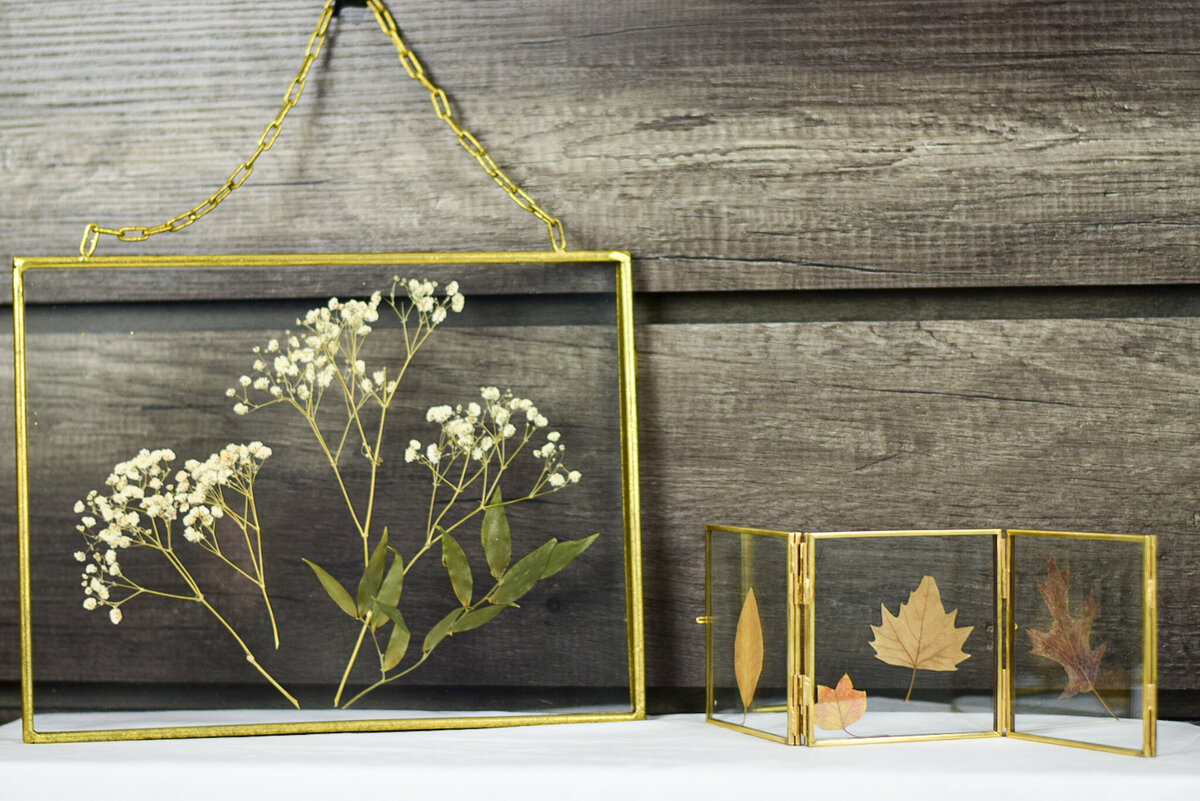
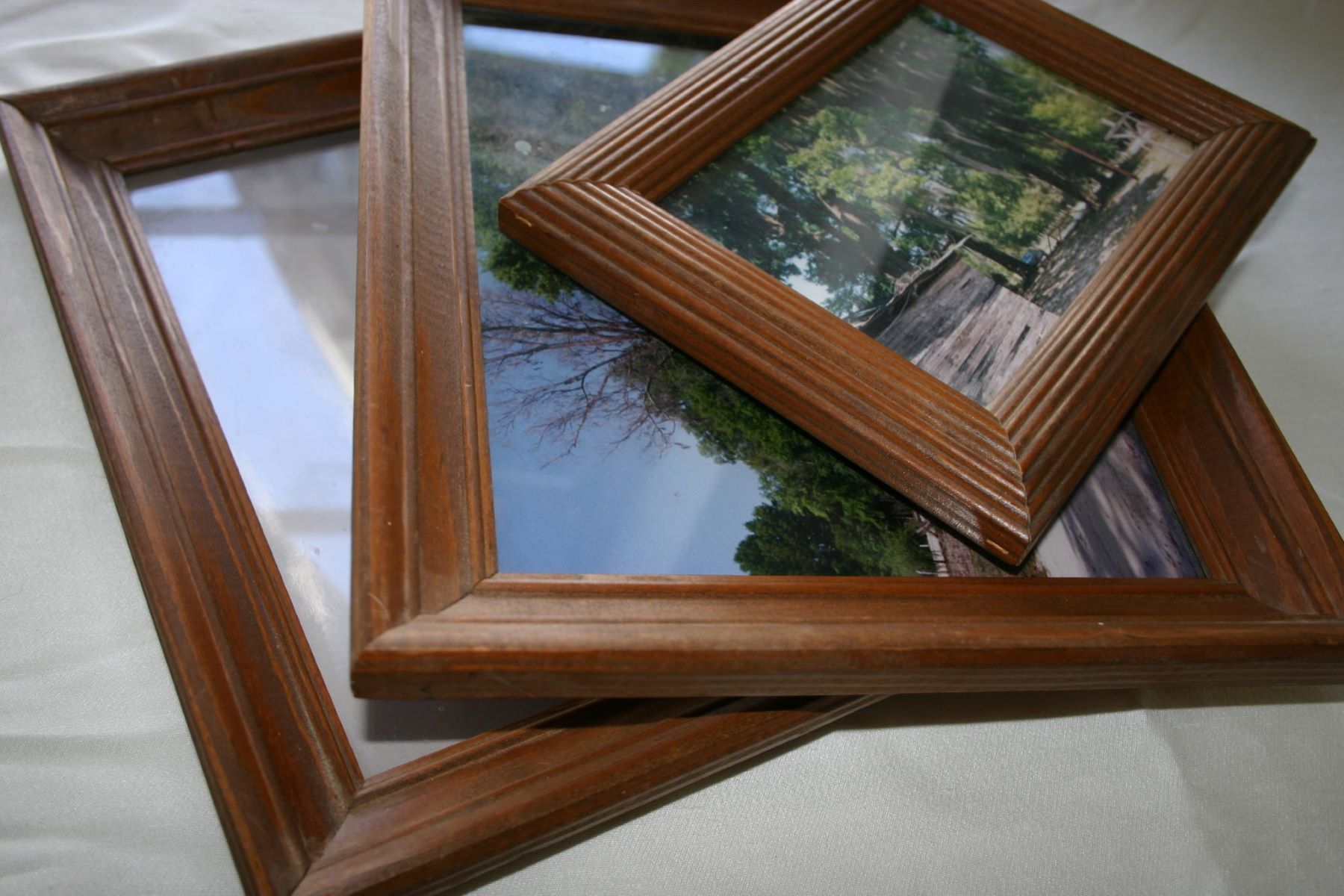

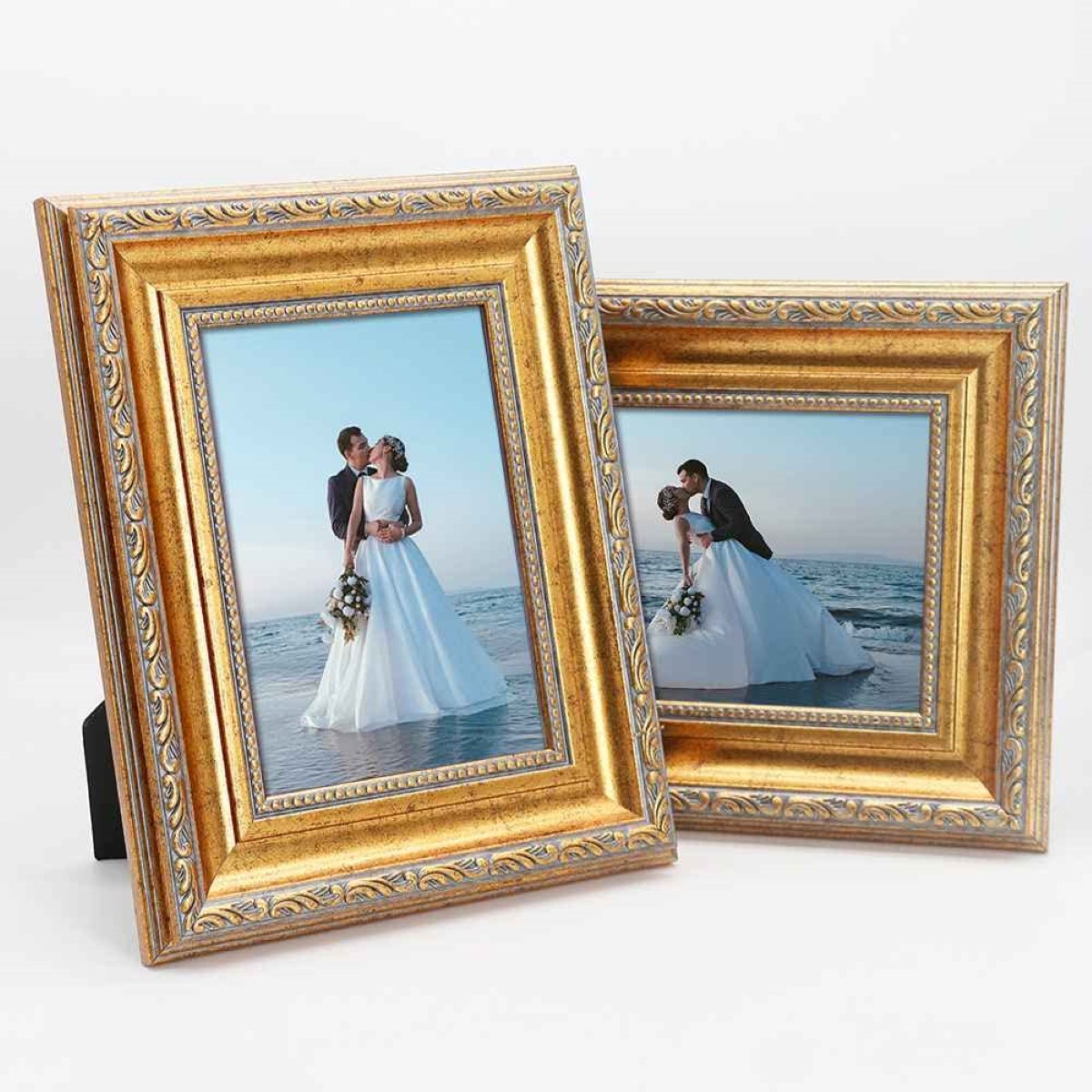
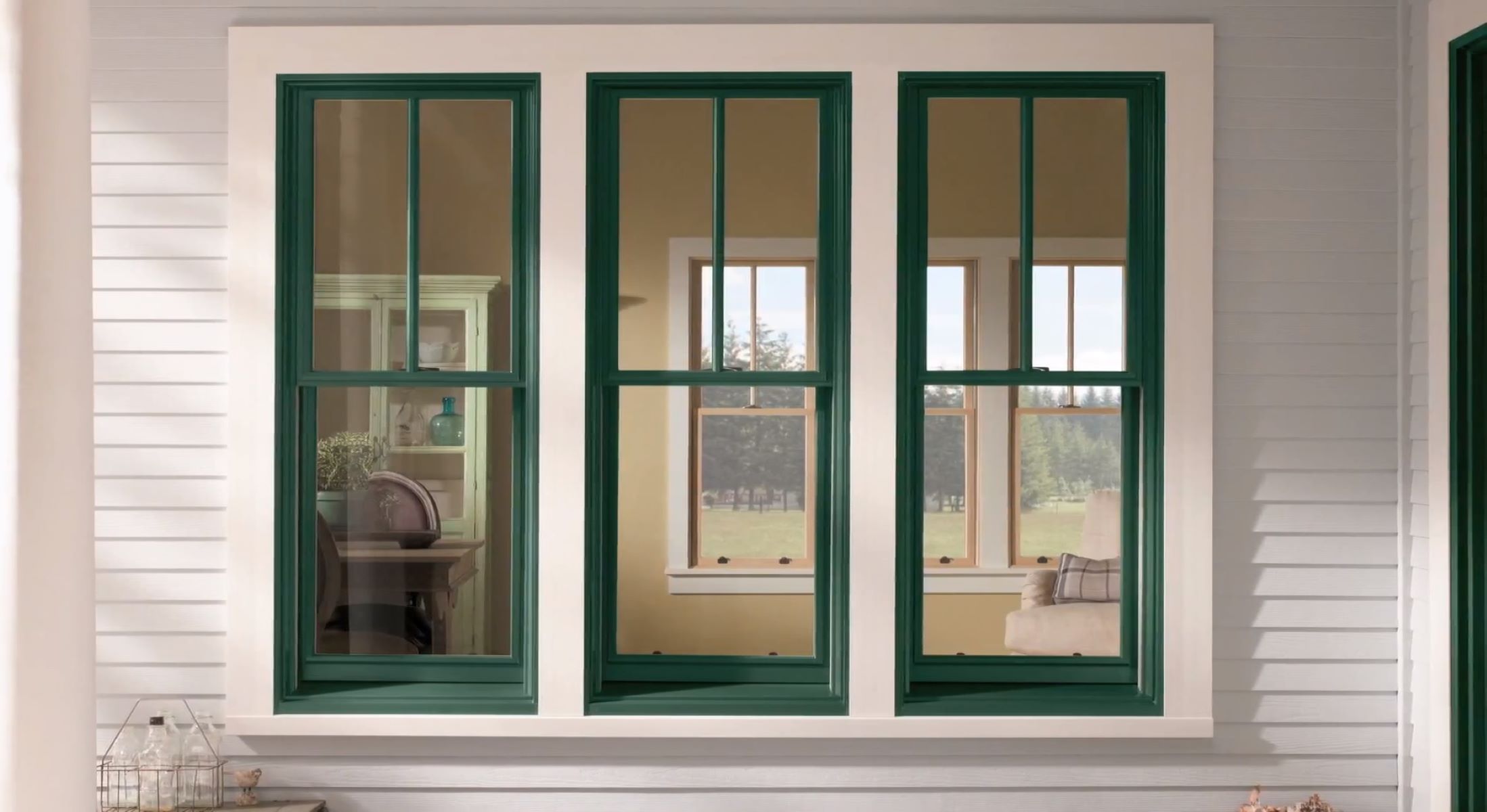

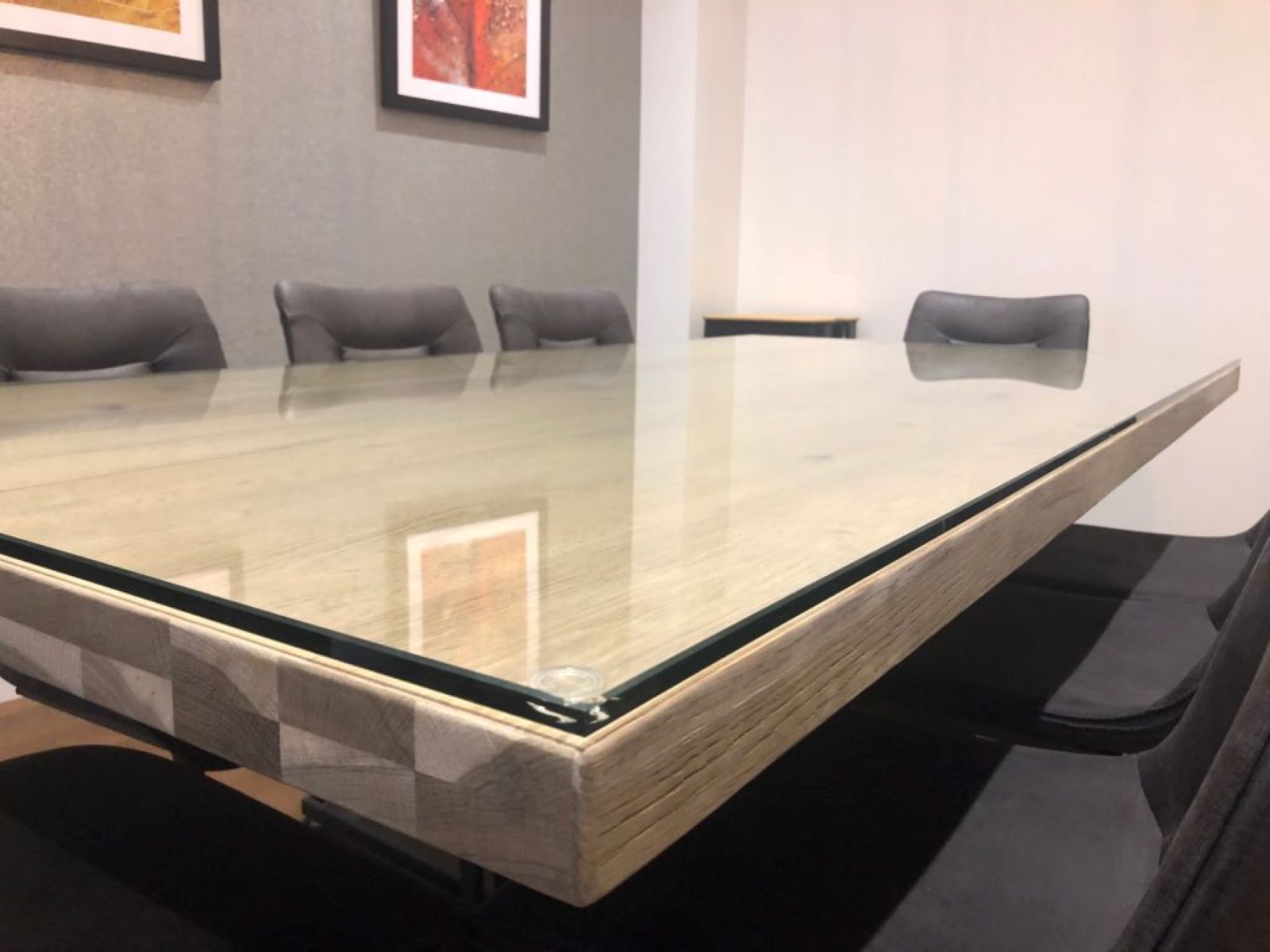
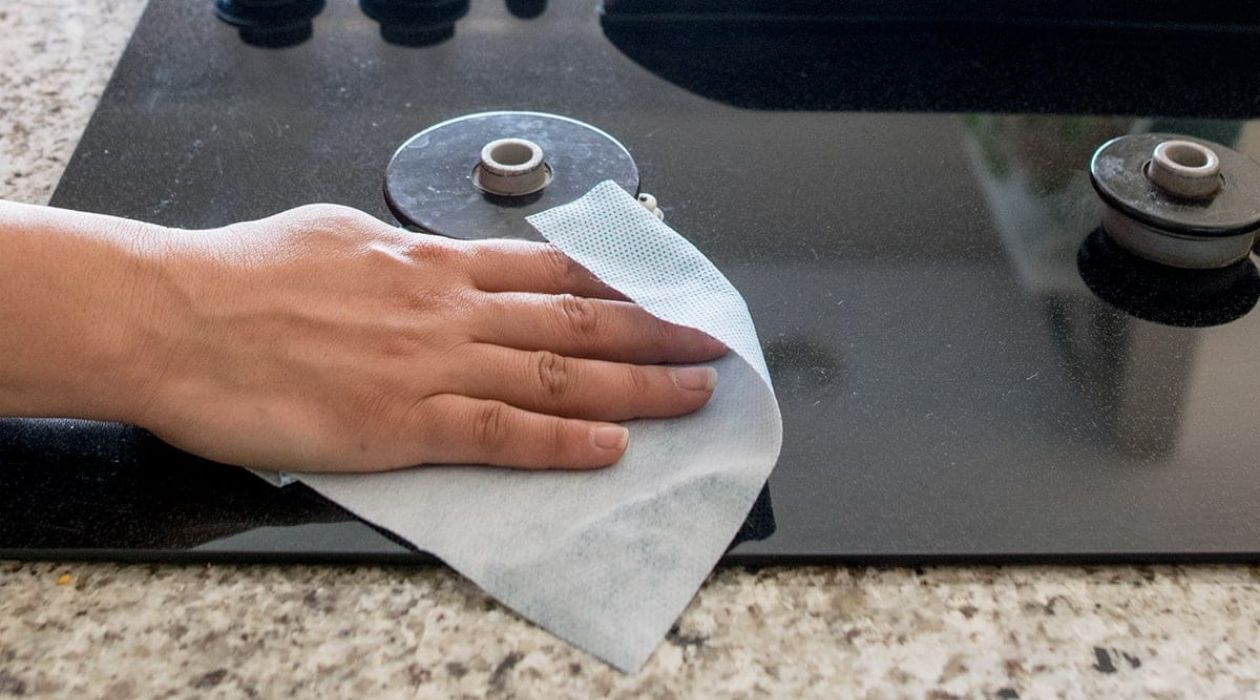



0 thoughts on “How To Frame Fabric Under Glass”